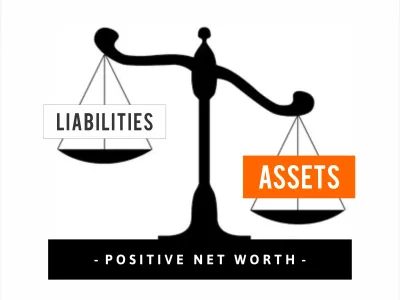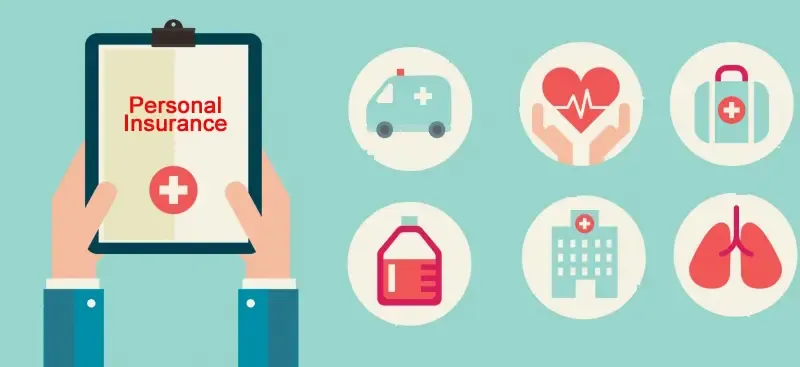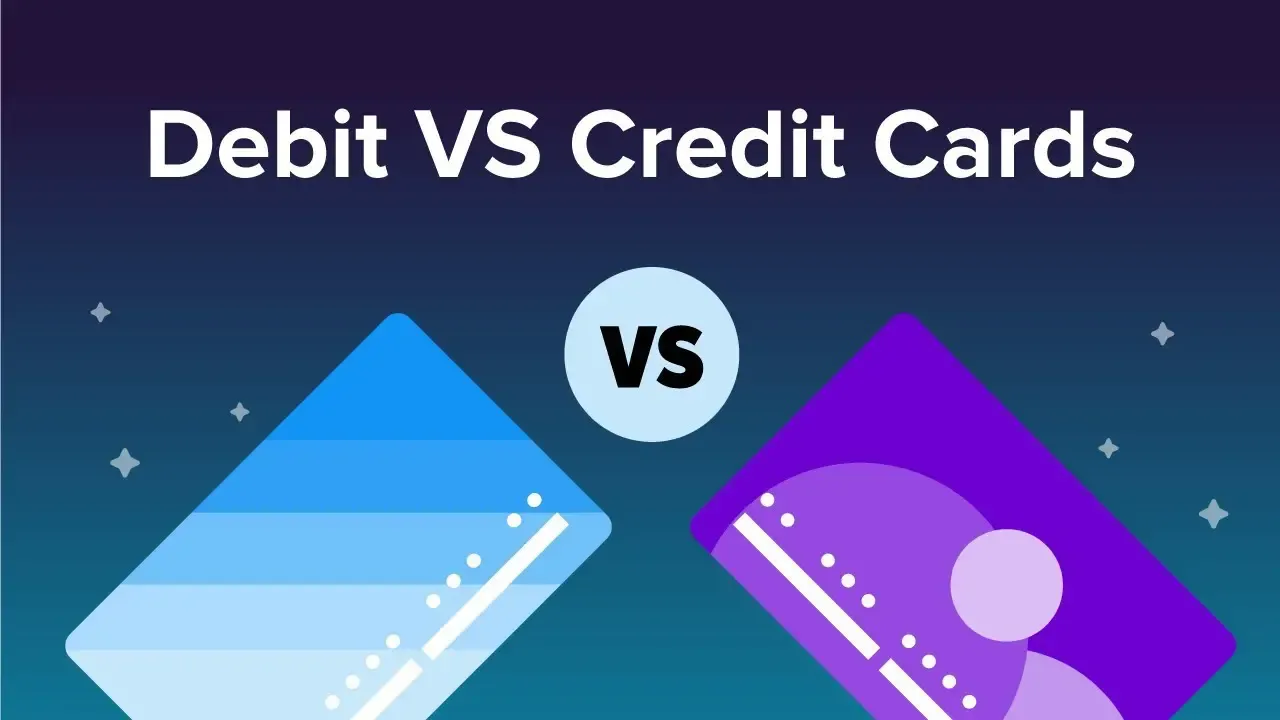Investing: Assets, Liabilities, Equity
Knowing the definition of the concept of assets, liabilities and equity of a company, allows you to expand your knowledge and if you decide to study, create or invest in a company is the best way to have the basic concepts clear. Below you can read about it.
Concept of a company’s assets, liabilities and equity
Within the balance sheet or statement of financial position, there are three elements that compose it, and these are the assets, liabilities and stockholders’ equity of the company. Assets are the total resources available to a company to carry out its operations, being all the goods and rights owned by the company. Liabilities are the total debts and obligations made by the company. Equity or stockholders’ equity is the sum of the contributions of the partners; it is the capital stock plus the profits or minus the losses.
Assets
Assets pertain to the investment and legal rights that the company has such as:
Current assets: are all assets and investments of a transitory nature or convertible into cash within past fiscal year. They are classified in such way:
Cash: in hand
Banks: assets/money in different bank accounts.
Investments in equity: cash surpluses invested in the short term.
Merchandise or inventories.
Trade accounts receivable: all accounts receivable for merchandise.
Accounts receivable
Notes receivable: regardless of the origin of the debt, there are promissory notes signed by the debtor.
Current assets or current assets are the assets that can most easily be converted into cash, and which the company can decide to use, consume or sell in the short term, usually within one year.
The type of Current Assets are usually the products marketed by the company if it is a service or product company, being the assets that it expects to be able to sell in the short term, and convert them into cash, not to be confused with its machinery or equipment and other assets it owns within the same.
Fixed assets or non-current assets: These are the permanent assets that the company acquires to be used by the company or its customers. Property, plant and equipment consists mainly of
Land
Building
Machinery
Delivery and transportation equipment
Computer equipment
Accounts receivable
Trademarks and patents
Long-term investments
Non-Current Assets or fixed assets are assets that for different reasons are very difficult to convert into cash, because they are not very liquid, and that the company usually keeps for terms longer than one year.
Equipment acquired by the company to carry out its daily operations, which usually remain in the company for a long term of more than one year, except in cases where the company buys and sells equipment, in which case they would be classified as current assets.
Depreciation: Represents the decrease in value of assets due to use or the passage of time and is recorded as a complementary asset account (negative), decreasing the asset that gave rise to it.
Deferred assets: The balance of deferred assets accounts is comprised of prepaid expenses for which there is a right to receive a service that can be used, either in the same year or in subsequent years. Deferred assets consist of
Prepaid expenses
Consumables
Amortizable investments (organizational expenses and installation expenses).
Amortization: Represents the gradual extension of depreciable investments (organizational and installation expenses).
Liabilities
Liabilities represent the company’s debts and obligations and are classified into:
Current liabilities:
Current liabilities are the company’s short-term (less than one year) debts and obligations, and are presented in order of their due date. Current liabilities are made up of:
Suppliers: all accounts payable for merchandise.
Sundry creditors: these are accounts payable for a concept other than merchandise.
Notes payable: regardless of the origin of the debt, we sign a promissory note.
Fixed liabilities:
Includes all long-term debts, i.e. for more than one year, which are also classified in order of due date and in which the current portion of a long-term loan should not be included. Some examples are:
Debentures issued.
Mortgage creditor.
Long-term loans.
Deferred liabilities:
These are collections made in advance on services that we have not yet rendered, i.e., we owe the service. They are liabilities while the service is not rendered, once rendered, they are converted into revenues or products.
Stockholders’ equity or stockholders’ equity
Stockholders’ equity is the shareholders’ equity, i.e., the residual portion of assets after deducting all liabilities, including contributions made at the time of incorporation or at subsequent times, as well as retained earnings, and is comprised of the following accounts:
Capital stock (contributions).
Legal reserve.
Retained or accumulated earnings.
Profit (loss for the year)
What is the relationship between assets, liabilities and equity?
The relationship between assets, liabilities and equity of a company, based on the basic accounting formula, in a company the total value of assets is equal to the total value of liabilities plus the total value of equity.
Formula (Assets = Liabilities + Equity)
The theory indicates that a company’s assets are financed with funds from third parties (liabilities) or with its own funds (equity).
Assets: goods and receivables
Liabilities: obligations and debts
Equity: capital and profits
We hope we have clarified some of your doubts and expanded some of your knowledge on the subject.


